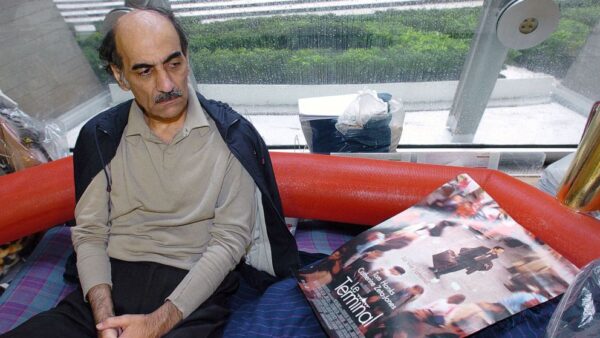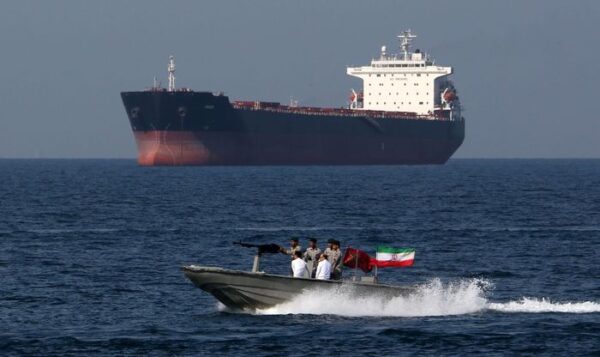An Iranian guy who lived for 18 years in Paris’ Charles de Gaulle Airport and whose saga loosely stimulated the Steven Spielberg movie The Terminal has died withinside the airport that he lengthy known as home.
Mehran Karimi Nasseri, 76, died on Saturday after a coronary heart assault withinside the airport’s Terminal 2F round midday, in step with an authentic with the Paris airport authority. Police and a clinical crew handled him however had been now no longer capable of shop him.
Nasseri lived withinside the airport’s Terminal 1 from 1988 till 2006, first in criminal limbo due to the fact he lacked residency papers and later, seemingly with the aid of using choice.
He slept on a pink plastic bench surrounded with the aid of using containers of newspapers and magazines and showered in body of workers facilities. He spent his time writing in his diary, analyzing magazines, reading economics, and surveying passing travellers.
Staff nicknamed him Lord Alfred, and he have become a mini-superstar amongst passengers.
“Eventually, I will go away the airport,” he advised The Associated Press in 1999, smoking a pipe on his bench, searching frail with lengthy skinny hair, sunken eyes and hole cheeks. “But I am nonetheless watching for a passport or transit visa.”
Nasseri changed into born in 1945 in Soleiman, part of Iran then below British jurisdiction, to an Iranian father and a British mother. He left Iran to have a look at in England in 1974. When he returned, he stated, he changed into imprisoned for protesting in opposition to the shah and expelled with out a passport.
He implemented for political asylum in numerous international locations in Europe, along with the UK, however changed into rejected. Eventually, the UN refugee business enterprise in Belgium gave him refugee credentials, however he stated his briefcase containing the refugee certificates changed into stolen at a Paris educate station.
French police later arrested him, however couldn’t deport him everywhere due to the fact he had no authentic documents. He ended up at Charles de Gaulle in August 1988, in which he stayed.
Further bureaucratic bungling and more and more more strict European immigration legal guidelines stored him in a criminal no-guy’s land for years.
When he subsequently obtained refugee papers, he defined his surprise – and his insecurity – approximately leaving the airport, the authority authentic stated. He reportedly refused to signal them and ended up staying there numerous greater years till he changed into hospitalised in 2006, and later lived in a Paris shelter.
Those who befriended him withinside the airport stated the years of dwelling withinside the windowless area took a toll on his intellectual state. The airport health practitioner withinside the Nineteen Nineties concerned approximately his bodily and intellectual health, and defined him as “fossilised here.” A price price tag agent buddy in comparison him to a prisoner incapable of “dwelling at the outside”.
In the weeks earlier than his death, Nasseri had long gone returned to dwelling at Charles de Gaulle.
Nasseri’s mind-boggling story loosely stimulated Steven Spielberg’s 2004 film The Terminal starring Tom Hanks, in addition to a French movie Lost in Transit, and an opera known as Flight.
In The Terminal, Hanks performs Viktor Navorski, a person who arrives at JFK airport in New York from the fictitious jap European us of a of Krakozhia and discovers an in a single day political revolution has invalidated all his touring papers. Navorski is dumped into the airport’s global living room and advised he should live there till his popularity is taken care of out, which drags on as unrest in Krakozhia continues.
According to the New York Times, Spielberg bought the rights to Nasseri’s existence tale thru his manufacturing employer DreamWorks, paying roughly $250,000.
Nasseri additionally wrote an autobiography titled The Terminal Man posted in 2004.





